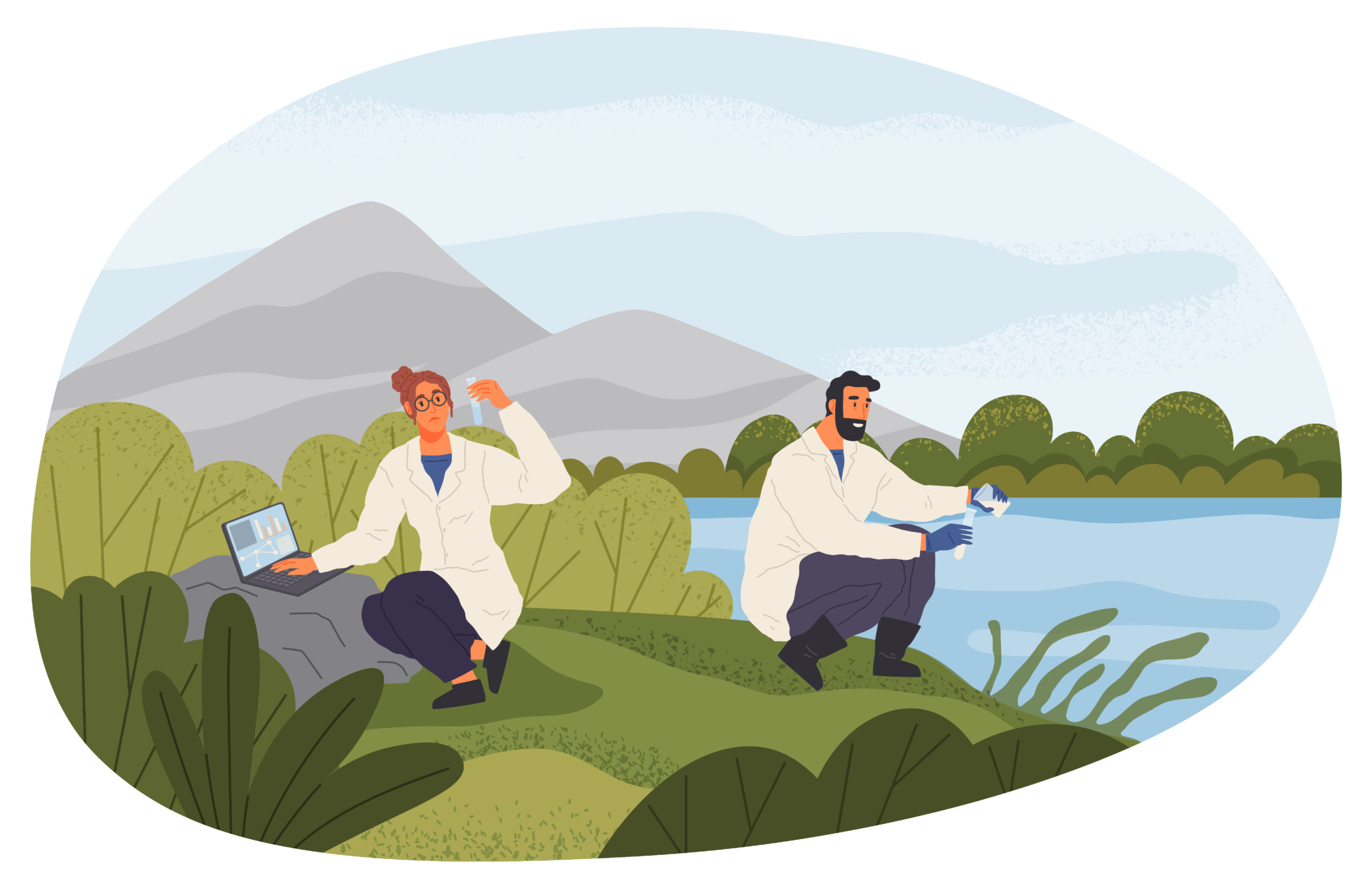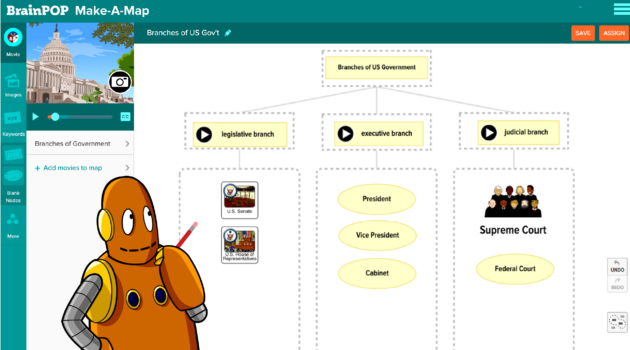Teaching Strategies
Beyond the Lab: Real-World Science and Engineering Skills and Careers

There’s a common misperception that scientists and engineers only work in labs surrounded by beakers and test tubes. But the truth is that science and engineering skills (and STEM skills as a whole) are highly transferable. They also extend beyond technical knowledge and are essential across various industries and career paths.
So the next time your students ask, “What can I do with this?” you’ll know exactly what to answer.
Science and Engineering Skills in the Real World
These are some of the most in-demand skills that scientists and engineers frequently use in their work:
1. Problem solving
Scientists and engineers use critical thinking skills to identify issues, examine them thoroughly, and generate practical solutions. They need to be imaginative, innovative, and patient when dealing with complex projects, ensuring they see them through to completion.
2. Analyzing and interpreting data
Scientists and engineers look for valuable insights from qualitative and quantitative datasets, identifying patterns and trends to make accurate predictions and develop strategies. They use these findings to make informed decisions and communicate their results with precision.
3. Designing and conducting experiments
Scientists and engineers have a firm grasp of experimental design and scientific practices, which they use to create tests, analyze data, and draw conclusions. They create hypotheses, design experiments to test them, and ensure their experiments are valid and reliable, so they yield dependable results.
4. Mathematics and computational thinking
Scientists and engineers rely on mathematical and computational techniques to develop models that help them understand complicated systems. They must be proficient in programming languages and use simulation tools to test their hypotheses and make predictions. They must also be able to interpret complex mathematical equations and convey their results to others.
5. Written and verbal communication
Scientists and engineers need to convey their findings to diverse audiences, including colleagues, policymakers, and the general public. This means they must be able to adapt their communication style and distill complex topics into simple language for the benefit of each stakeholder. They write reports, develop presentations and visual aids, and create other materials to share their work effectively.
6. Collaboration and feedback
Scientists and engineers collaborate with colleagues from different disciplines to create consensus around their findings. They must communicate clearly with others and accept feedback and constructive critiques of their work to improve their results. They recognize their work is enhanced by their colleagues’ diverse perspectives and expertise.
Careers for Scientists and Engineers Beyond Traditional Laboratories
So, what exactly can students do with the science skills they learn in your classroom? There are a host of professions to consider. Here are just a few:
Mechanical Engineers
Mechanical engineers use math, computational thinking, and engineering skills to design a wide range of products, from consumer goods to heavy machinery. They work with various materials, including metals, plastics, and composites, and use data analysis to ensure their designs are functional, efficient, and safe.
Architects
Architects are designers who use engineering, physics, and geometry skills to create functional, safe, and visually appealing structures, such as homes, commercial buildings, and public infrastructure. They must have a deep understanding of building codes and safety standards and the ability to produce detailed blueprints and models of their designs.
Welders
Welders are skilled technicians who use their problem-solving skills to repair and maintain a wide range of equipment and structures in industries such as construction, manufacturing, repair, and maintenance. They must be able to work with various materials, including metals, plastics, and composites, and have a strong understanding of welding techniques and safety procedures. They use data analysis to determine the appropriate materials for the job and must effectively communicate with colleagues and supervisors.
Data Scientists
Data scientists are critical thinkers who blend scientific and engineering skills to make sense of large data sets. They use mathematical and statistical methods and computer programming to uncover patterns and relationships within data. They use this information to support business decisions and solve complex problems across various industries, including finance, healthcare, and technology. They are also proficient in programming languages and use a variety of data analysis tools. They are expected to extract meaningful insights and make accurate predictions. Their role demands a unique blend of technical and communication skills, making them highly valuable to organizations looking to drive growth and innovation through data-driven insights.
Medical Laboratory Technicians
Medical laboratory technicians are healthcare team members who use their biology and chemistry knowledge to diagnose and treat patients. They use lab techniques, data analysis, and problem-solving skills to perform tests on patient samples and ensure that their work meets safety and quality standards. They work in various medical facilities, including hospitals and clinics, and must be able to effectively use various lab equipment to perform tests.
Industrial Designers
Industrial designers are creative professionals who use their engineering, design, and ergonomics skills to create functional and visually appealing products. They use prototyping, 3D modeling, and materials science skills to bring their designs to life. They work in various industries, including consumer goods, automotive, and technology, and must balance form and function to meet customer needs.
Urban Planners
Urban planners are strategic thinkers who use their knowledge of geography, sociology, and economics to plan and develop communities and cities. They use data analysis, spatial analysis, and problem-solving skills to create sustainable and livable plans for communities. They work with various stakeholders, including government officials, developers, and community members, to ensure that their plans meet the needs of all parties involved.
Astronomers
Astronomers are scientists who use physics, math, and computer science to study celestial bodies and phenomena. They use data analysis, problem-solving, and computer programming skills to analyze data and create models to understand the universe. They use telescopes and other instruments to observe the sky and collect data on stars, planets, and other celestial bodies. Astronomers work in academia, government, and private industry.
Helping Students Build Connections to Complex Science
When students understand the connections between scientific content knowledge and the real world, it helps them see the value of STEM education now and in the future. In particular, three-dimensional science skills are increasingly vital in middle school, as they help students draw on personal connections to complex science topics, which makes STEM more relevant.
Middle school students who develop three-dimensional science skills are better equipped to handle the challenges of a complex and ever-changing world. These skills empower them to connect scientific concepts to real-world problems, explore possible solutions, and develop new ideas that benefit their communities and the world. By fostering a love of STEM and promoting the development of these critical skills, we can create a new generation of problem solvers and innovators who will contribute to a better world.
Michelle Strom is associate director, product marketing at BrainPOP. She holds a Master’s Degree in Educational Psychology, and is a former classroom teacher.






